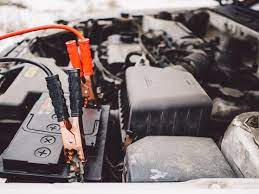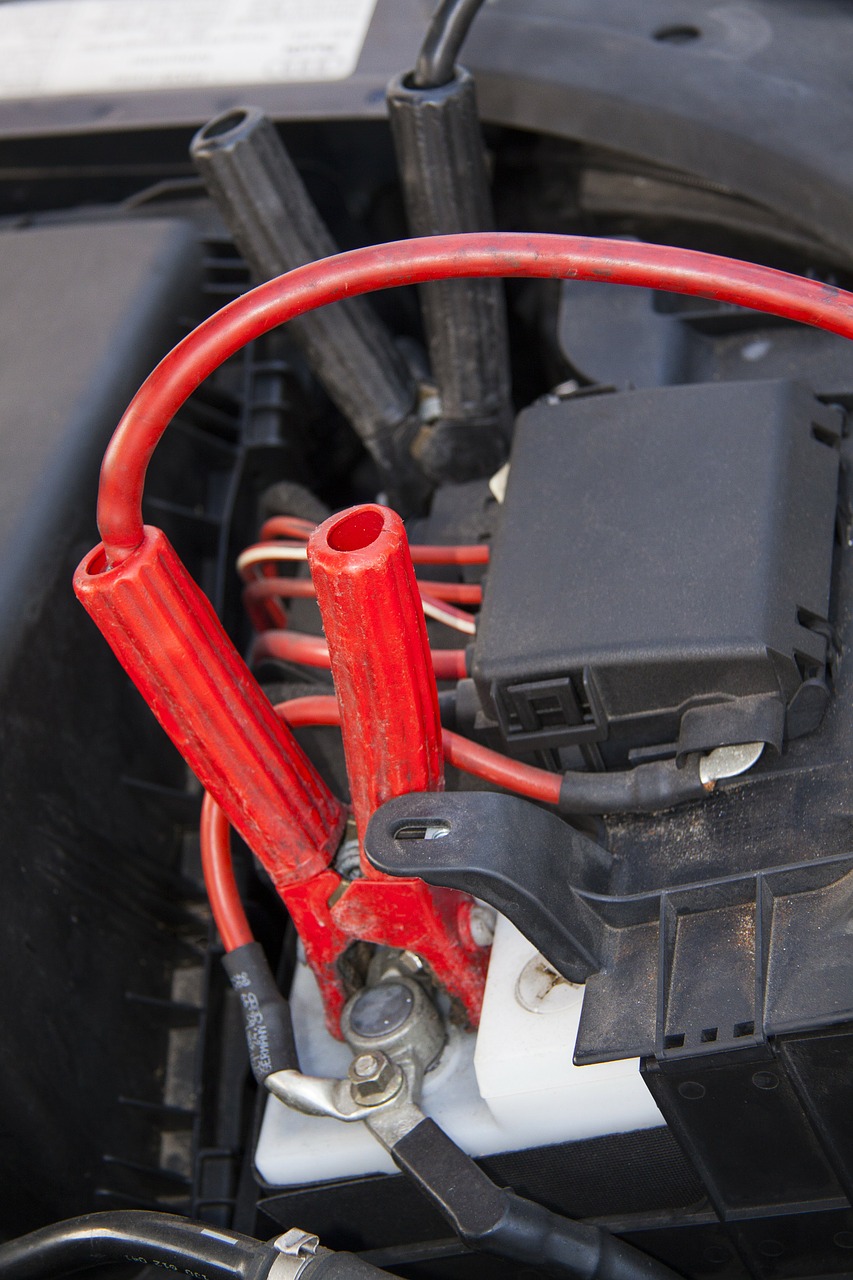Rivet, compression meter, jack… car maintenance requires the use of tools, and it’s not always easy to find your way around. This blog talks about a tool you might need: a pair of battery cables.
Summary
– Description of battery cables
– Uses of battery cables
– How to choose your battery cables?
– Cost of battery cables
Battery cables are an essential part of the breakdown gear. They can save your day in emergencies (car won’t start on the day of an urgent appointment – breakdown just before leaving for work, etc.).
Here is an overview and some tips on how to make the best use of battery cables.
Description of battery cables
It is a pair of electrical cables of a substantial section, generally of respective colors (red and black), and each end of the line has a clip.
Their function is to help your vehicle (or another motorist’s) by connecting the vehicle’s battery to a backup battery or another vehicle’s battery.
Uses of battery cables

When your vehicle doesn’t start due to a dead or discharged battery, that’s when the use of jumper cables becomes handy to prevent you from being stranded and towed away (so you can go to a parts store and buy a new battery).
Before you do this, we’d like to give you a few useful tips:
– Connecting the cables: it is recommended to connect in order:
◦ on the broken vehicle side, the + (red) cable to the battery terminal + ;
◦ the other end of the same cable on the + terminal of the emergency battery (battery alone or battery of another vehicle) ;
◦ on the disabled car, the – (black) cable on the – terminal of its battery;
◦ lastly, the end of the latter cable on the – terminal of the backup battery.
– After starting, proceed with the same movements in reverse order to remove the cables. To avoid short circuits:
◦ it would help if you don’t interchange the cables;
◦ protect the clamps of the + red cable by wrapping them in a cloth (often, as a result of the starter jolt, the clamps can jump off the battery and cause a short to ground) ;
◦ avoid starting the second vehicle; the ignition must be turned off (the deficit of charge of your battery, added to the need of the tow vehicle, can damage the alternator of that vehicle).
Be careful not to connect batteries of different voltage.
Note: On some vehicles, the battery terminals are not accessible. In general, there are + and – connection points in the engine compartment, as indicated in the vehicle’s owner’s manual.
How to choose your battery cables?
The following points determine a good choice of battery cables:
– Cable length: Ideally, choose a minimum cable length of 3 meters.
– Section of the cables: the section must be sufficiently proportionate:
◦ Indeed, cables with short sections will offer too much electrical resistance. According to ohm’s law (U = RxI), the starting current will be insufficient, preventing sufficient drive of the starter and causing heating of the battery cables.
◦ Specifically, their cross-section should be, for a passenger vehicle, a minimum of 25 mm² (corresponding to ~ 500 amperes of electrical consumption).
– Quality of clamps: for the same reason, the quality of clamps is essential:
◦ they must have a solid gripping force;
◦ prefer brass pliers to stamped sheet metal pliers;
◦ choose them with effective molded plastic insulation.
Cost of battery cables
Cost is related to the choice of cable quality:
– The first price cables are low-end, not very efficient (10 to 16 mm²) with an average price of $8 (strongly not recommended).
– The cables we recommend (mini 25 mm²) have a price range of $30 to $45 depending on the brand.
These products are available at car parts distributors, on specialized websites, and possibly in supermarkets. Note, however, that the ones in supermarkets are often of poor quality.


1 comment
[…] Tools for Car Maintenance: Battery Cables; […]